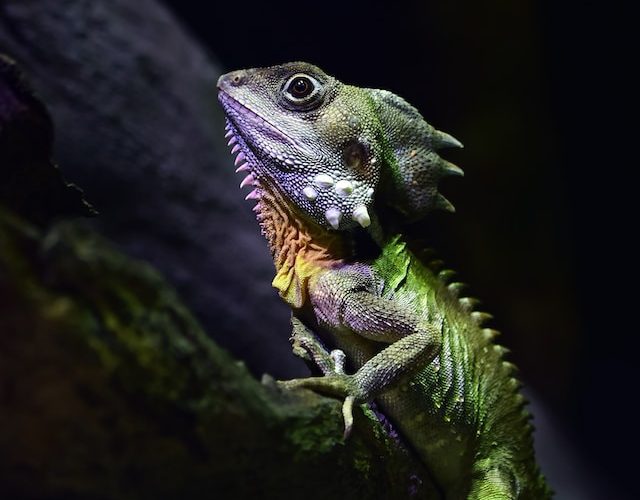Introduction: In the vast realm of the animal kingdom, lizards stand out as a group of remarkable creatures. With their scaly bodies, mesmerizing colors, and unique adaptations, these reptiles have captured the curiosity of humans for centuries. From the elusive chameleons to the speedy geckos, lizards offer a captivating glimpse into the diversity of life on our planet. In this comprehensive overview, we will delve into the enchanting world of lizards, exploring their incredible features, behaviors, and ecological significance.
- A Kaleidoscope of Species: Lizards inhabit every continent except Antarctica, exhibiting a remarkable range of adaptations. With over 6,000 known species, they come in a kaleidoscope of sizes, shapes, and colors. From the tiny dwarf geckos to the mighty Komodo dragons, each species boasts its unique set of characteristics that allow it to thrive in its respective environment.
- Diverse Ecological Roles: Lizards play crucial roles in various ecosystems. As insectivores, they help control populations of pests, such as mosquitoes and grasshoppers, contributing to the delicate balance of nature. Additionally, many lizards act as prey for larger predators, while some are formidable hunters themselves, using stealth and lightning-fast reflexes to secure their meals.
- Extraordinary Adaptations: Lizards have evolved an array of extraordinary adaptations to survive in different habitats. One of the most well-known is the ability to regenerate lost limbs—a remarkable feat shared by only a few other animal groups. Some lizards possess the remarkable power of camouflage, blending seamlessly into their surroundings, while others can detach their tails as a defense mechanism, distracting predators in the process.
- Masters of Disguise: The world of lizards showcases some of nature’s finest masters of disguise. The chameleon, renowned for its color-changing abilities, can transform its appearance to match its environment, providing effective camouflage and a means of communication. This remarkable adaptation allows these elusive reptiles to navigate their surroundings undetected.
- Courtship and Reproduction: Lizards exhibit fascinating courtship rituals and reproductive strategies. From complex dances to vibrant displays, male lizards often engage in elaborate behaviors to attract mates. Some species even engage in “head-bobbing” or territorial fights to assert dominance. Additionally, a few lizard species practice parthenogenesis, a form of asexual reproduction, allowing females to reproduce without the need for males.
- Conservation Challenges: Despite their resilience, lizards face numerous conservation challenges, including habitat loss, climate change, and the illegal pet trade. As human activities continue to impact their habitats, many species are at risk of extinction. Efforts to protect and conserve lizard populations are essential for preserving their crucial ecological roles and the biodiversity of our planet.
Conclusion: Lizards, with their stunning diversity and captivating adaptations, offer a window into the enchanting world of reptiles. As we uncover the mysteries surrounding these scaly creatures, we gain a deeper appreciation for the intricate web of life on Earth. By understanding and safeguarding their habitats, we can ensure that future generations will continue to marvel at the fascinating world of lizards.












